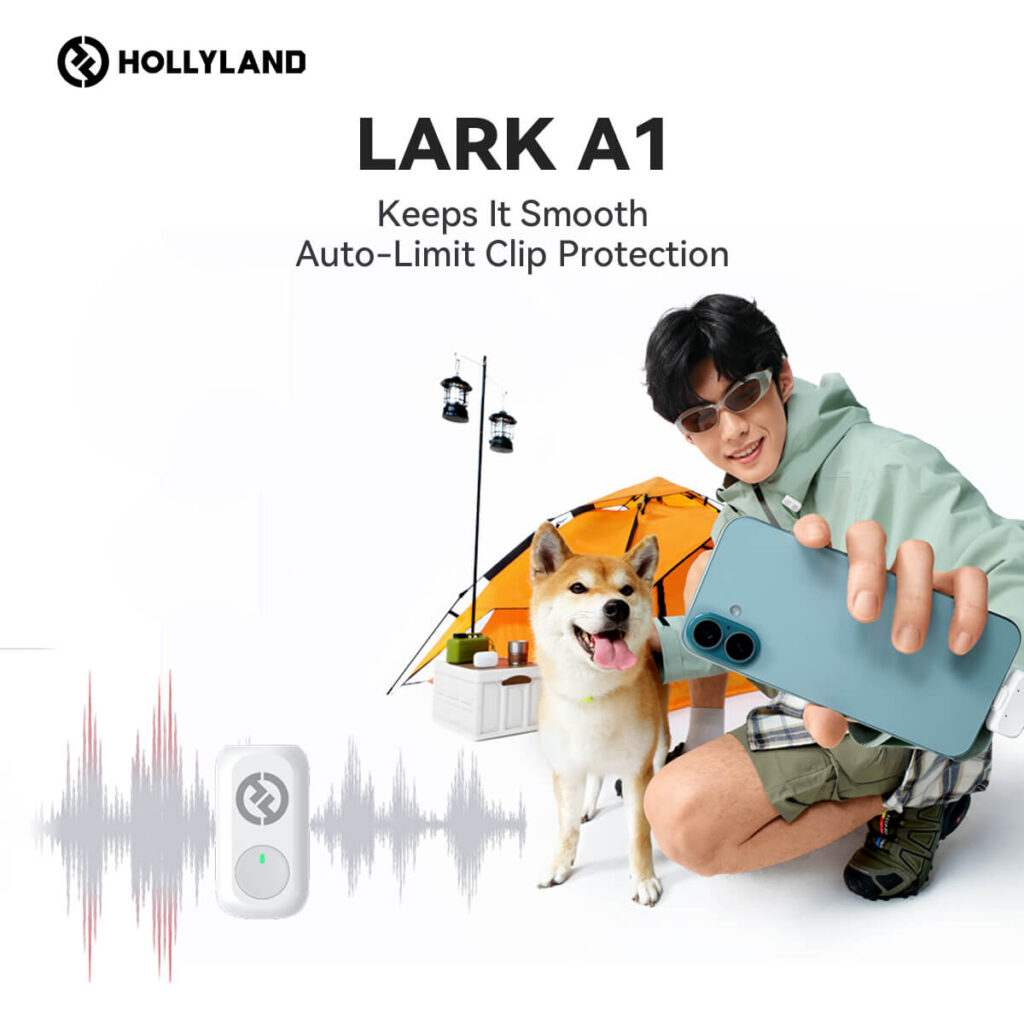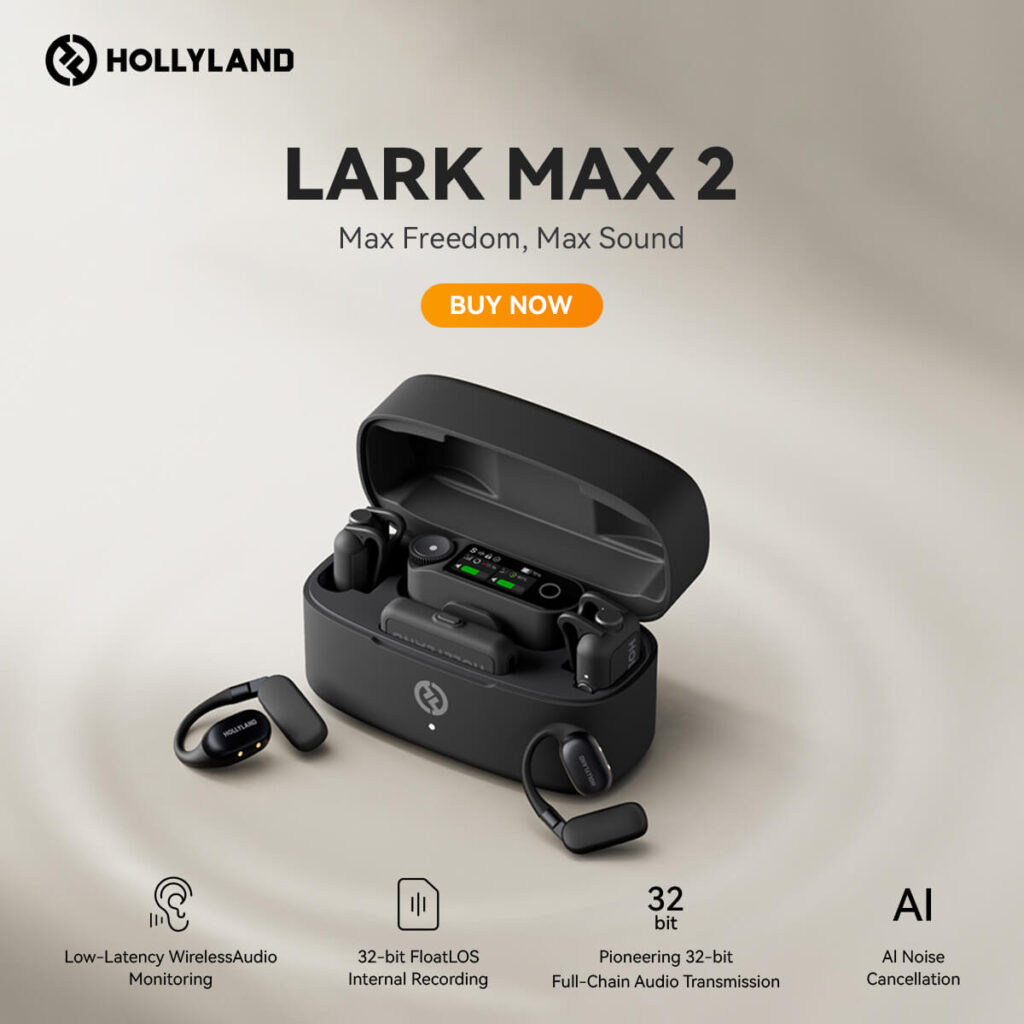Introduction
Audio quality is one of the most important things to think about while organizing a Q&A session. Even the most visually appealing presentation can fall flat if the listener is unable to hear the speaker effectively. The selection of the appropriate microphone can be the deciding factor between a smooth interaction and a frustrating one.
In this article, we’ll go over the numerous elements to consider when selecting a mic for a Q&A session and offer the best solutions based on certain scenarios.

Key Factors to Consider When Choosing a Microphone
Choosing the best microphone for a Q&A session necessitates a thorough grasp of the factors that can affect sound quality and audience experience. The following is a more in-depth look at the essential variables to consider when choosing the best microphone for any presentation or event.
1. Environment
The physical environment where your Q&A presentation takes place plays a significant role in determining the type of microphone you’ll need. The size of the venue and its acoustics have a direct impact on how well the microphone captures and transmits sound.
Venue Size
In a small room, sound doesn’t need to travel far, and most microphones can handle this environment without amplification. However, larger venues—such as auditoriums or outdoor spaces—require microphones that can handle greater distances and prevent echo or feedback issues.
Acoustics
The acoustic properties of the venue are just as important. Venues with hard surfaces may cause sound to bounce, creating echoes, while soft materials like curtains or carpets may absorb sound, leading to a muffled effect. In environments with poor acoustics, choosing a microphone with strong directional capabilities (like a shotgun microphone) can help isolate the speaker’s voice and reduce background noise.
In highly reverberant environments, consider using condenser microphones or directional microphones to ensure clean sound capture with minimal noise interference.
2. Type of Presentation
The formality of the event can dictate the choice of microphone, as different settings require varying degrees of sound quality, visual aesthetics, and speaker mobility.
Formal Presentations
For formal events such as corporate meetings, keynotes, or academic lectures, the presentation often demands a professional, sleek appearance. Lavalier microphones are ideal for these settings as they are unobtrusive and allow presenters to speak naturally without holding anything.
Informal Settings
In more casual environments, such as workshops, classrooms, or casual panels, flexibility is key. Handheld microphones or wireless systems work well in these situations because they allow speakers to easily pass the microphone around or move freely while engaging with the audience. Informal settings may also require microphones that are easy to use and quick to set up, minimizing technical distractions.
3. Number of Speakers
The number of participants in a Q&A session or presentation significantly influences microphone choice. Let’s explore the different setups:
Solo Presenters
If the presentation features a single speaker, a lavalier or shotgun microphone is often the best choice. Lavalier microphones provide freedom of movement, while shotgun microphones can offer focused sound capture from a distance, minimizing background noise.
Panel Discussions
In a panel discussion format, multiple speakers require microphones that can be shared easily or individually placed for each speaker. Handheld microphones are highly practical in these situations as they can be quickly passed between participants or audience members for interactive discussions. Alternatively, each panelist can have their own microphone (handheld or lapel), ensuring smooth transitions between speakers without interruption.
Audience Interaction
For presentations where audience members will participate frequently, it’s important to have multiple handheld or wireless microphones available. This setup ensures that the audience can ask questions and engage with the panel or speaker without long delays caused by passing a single microphone.
4. Microphone Connectivity
Another critical factor when choosing a microphone is whether it should be wired or wireless. Both options have their pros and cons depending on the event’s structure and logistical requirements.
Wired Microphones
Wired microphones offer consistent sound quality without the risk of interference or battery issues. However, the cables can limit the speaker’s mobility and create a cluttered appearance on stage. They are ideal for smaller, fixed locations where the speaker remains stationary.
Wireless Microphones
Wireless microphones provide freedom of movement, which is particularly useful in large venues or interactive presentations. However, they rely on batteries and can experience signal interference in certain environments.
A wireless microphone system is often a better choice for larger venues or presentations where the speaker needs to move freely and engage with the audience. It’s crucial to ensure the wireless system operates on a frequency that won’t experience interference from other devices in the area.
Microphone Types for Q&A Presentations
Different types of microphones come with distinct features, advantages, and ideal use cases. Below, we explore the top microphone options for Q&A presentations, from compact lavalier microphones to sophisticated wireless systems.
Microphone Types for Q&A Presentations
1. LAVALIER MICROPHONE (Lapel Microphone)
A Lavalier microphone, often referred to as a lav mic or lapel mic, is a small, hands-free microphone that clips onto the user’s clothing, typically near the collar. It’s an essential tool for professionals who need mobility without sacrificing audio quality, such as public speakers, TV hosts, podcasters, or online content creators.

Here are a few top-rated lavalier microphones that offer excellent sound quality and versatility for various recording needs.
Sennheiser EW 112P G4
Features:
Wireless system for freedom of movement
Omnidirectional pickup pattern for clear audio capture
Robust build quality for durability in various settings
42 MHz bandwidth for reliable transmission without interference
Quick and easy setup with automatic frequency scanning
Advantages
Ideal for dynamic presentations with movement
Reliable signal transmission minimizes dropouts
Provides professional sound quality, enhancing audience engagement
Versatile use in different environments, including outdoors
Low battery indicator to prevent unexpected power loss.
Rode SmartLav+
Features
Connects directly to smartphones for easy recording
Omnidirectional design captures sound from all directions.
Lightweight and portable for on-the-go use
Foam windscreen included to reduce wind noise.
3.5mm TRRS connector compatible with most devices
Advantages
Affordable and portable, perfect for on-the-go recording.
Excellent sound quality for a compact microphone
Quick and easy setup, no additional equipment needed.
Great for vlogging, interviews, and presentations
Clear audio even in noisy environments due to its design
Technica ATR3350xiS
Features
Wired connection with a long cable for flexibility
Omnidirectional microphone for comprehensive sound capture
Comes with a battery-powered preamp for enhanced performance
Includes a lapel clip for easy attachment to clothing
3.5mm connector compatible with various devices
Advantages:
Budget-friendly option without compromising quality
Easy to use, making it suitable for beginners.
Consistent audio quality with minimal interference
Ideal for presentations, interviews, and video production
Long cable length allows for more freedom of movement.
2. HANDHELD MICROPHONE
A handheld microphone is a versatile and commonly used microphone that is held by the user during performances, interviews, presentations, or public speaking events. These mics are widely recognized for their portability and ease of use, making them ideal for both live and studio settings.

Here are a few top-rated handheld microphones known for their exceptional audio quality and performance.
Shure SM58
Features
Dynamic microphone designed for vocal performance
Cardioid pickup pattern reduces background noise
Built-in pop filter to minimize plosive sounds
Durable metal construction for long-lasting use
Frequency response tailored for vocals (50 Hz to 15 kHz).
Advantages
Durable construction withstands rigorous use
Excellent vocal reproduction, making it a standard choice
Can handle high sound pressure levels without distortion
Reliable performance in various environments, from small venues to large stages
Well-known and trusted brand with a reputation for quality
Sennheiser e835
Features
Cardioid pattern for focused sound capture
Built-in shock mounts to minimize handling noise
Frequency response of 40 Hz to 16 kHz for natural sound
Durable construction designed for live performances.
Lightweight design for easy handling
Advantages
Great feedback rejection, ideal for live events
Well-balanced sound for various vocal styles
Reliable performance in both indoor and outdoor settings
Provides clear and articulate sound, enhancing audience understanding
Easily integrates with other sound equipment
AKG D5
Features
Supercardioid pickup pattern for enhanced isolation
Robust design suitable for live applications
Integrated pop filter for reduced plosive sounds
Frequency response of 70 Hz to 20 kHz for clarity
Lightweight yet durable construction
Advantages
Reduces ambient noise for clearer sound
Ideal for performers needing mobility and control
Consistent performance under varying conditions
Designed for durability, ensuring long-term use
Offers exceptional sound clarity, making it a favorite among professionals
3. SHOTGUN MICROPHONE
A shotgun microphone is a highly directional microphone designed to capture sound from a specific area while minimizing background noise from other directions. Its unique long, cylindrical shape helps focus on sound directly in front of it, making it ideal for film production, broadcasting, and video recording where clear audio from a distance is required.

Here are a few top-rated shotgun microphones known for their exceptional directional sound capture
Rode NTG4+
Features
Supercardioid pickup pattern for focused audio
Built-in battery with up to 150 hours of operation
High-frequency boost switch for better clarity
Lightweight aluminum construction for easy mounting
Included Rycote shock mount for vibration isolation
Advantages
Excellent sound quality, ideal for video and presentations
Lightweight and easy to mount on cameras or boom poles
Versatile for use in various applications, including film and interviews
Long battery life ensures reliability during events
Reduces unwanted background noise effectively
Sennheiser MKE 600
Features
Supercardioid pattern with a low-cut filter
Phantom power or battery operation options
Integrated shock mounts for vibration and handling noise reduction
Compact and lightweight design for easy handling
Robust metal housing for durability
Advantages
Rich sound quality, perfect for interviews and presentations
Long battery life ensures reliability during events
Can be used on-camera or handheld for versatile applications
Clear audio capture even in challenging environments
Provides excellent feedback rejection, ideal for live settings
Audio-Technica AT897
Features
Short shotgun design for ease of use
Wide frequency response for capturing detailed sound
Powered via phantom power or a battery
Lightweight for easy handling and mounting
Included windscreen for outdoor use
Advantages
Minimizes background noise, enhancing speaker clarity
Ideal for camera mounting, perfect for videographers
Offers professional-quality audio in a compact design
Provides flexibility for different recording scenarios
Durable construction ensures long-term reliability
4. CONDENSER MICROPHONE
A condenser microphone is a type of microphone that uses a capacitor to convert sound waves into electrical signals. Known for their sensitivity and accuracy, condenser mics are widely used in studio recording, broadcasting, and situations that require capturing detailed, high-fidelity audio.

Here are a few top-rated condenser microphones known for their exceptional clarity and sensitivity
Audio-Technica AT2020
Features
Cardioid pickup pattern for focused sound capture
Wide frequency response from 20 Hz to 20 kHz
Rugged design with a metal body for durability
High SPL handling capabilities for loud sources
Comes with a stand mount for easy setup
Advantages
High-quality sound at an affordable price
Versatile for studio and live applications
Great for capturing detailed vocal and instrumental performances
Minimal self-noise for clear recordings
Reliable performance in various settings
Rode NT1-A
Features
Ultra-low self-noise for clean recordings
Wide frequency response for detailed sound capture
Comes with a shock mount, pop filter, and dust cover
Large diaphragm design for a warm sound
Built-in high-frequency boost for added clarity
Advantages
Excellent for vocals and instruments, providing rich audio
Durable and comes with essential accessories for immediate use
Ideal for home studios and professional environments alike
Produces clear sound even at high volume levels
Highly regarded for its performance in various recording scenarios
Shure KSM32
Features
Cardioid pattern with a smooth frequency response
High SPL handling for loud sources without distortion
Internal shock mounts to reduce handling noise
Low-frequency roll-off switch for better control
Robust design with a metal body for durability
Advantages
Professional-grade sound quality for demanding applications
Versatile for studio recording and live sound
Provides excellent detail and clarity in recordings
Consistent performance under varying conditions
Trusted by professionals for reliability and quality
5. WIRELESS MICROPHONE SYSTEM
A wireless microphone system allows users to transmit audio without the need for cables, providing freedom of movement while maintaining clear, high-quality sound. These systems typically consist of a transmitter (attached to the microphone) and a receiver (connected to the audio system), making them ideal for live performances, public speaking, and broadcasting.

Here are a few top-rated wireless microphone systems known for their reliability and sound quality
Hollyland LARK M2
Features
Compact dual-channel wireless microphone system
Built-in noise reduction technology for clearer audio
Up to 200 meters (656 feet) range for outdoor flexibility
3.5mm TRS output for easy connection to cameras and recorders
Rechargeable battery with long operational time
Advantages
Easy to use with plug-and-play setup
Ideal for interviews, presentations, and vlogging
High-quality audio capture ensures professional results
Lightweight and portable design for travel convenience
Versatile for both indoor and outdoor applications
Hollyland LARK Max
Features
Advanced dual-channel wireless microphone with real-time monitoring
Up to 250 meters (820 feet) range for extended mobility
3.5mm and USB-C outputs for compatibility with various devices
LCD screen for battery life and connection status indication
Integrated charging case for easy transport and power management
Advantages
High-fidelity audio capture suitable for professional use
Intuitive controls make it user-friendly for all skill levels
Compact and lightweight design enhances portability
Reliable performance in diverse environments with minimal latency
Ideal for content creators needing flexibility and high-quality audio
Recommendations Based on Scenarios
Depending on the specifics of your Q&A presentation, certain microphone types will better suit your needs. Below are some tailored recommendations based on different scenarios:
1. For Individual Presenters
For solo presenters, a lavalier microphone is often the best choice. Its hands-free operation allows the speaker to move around and engage with the audience without being restricted by a handheld device. Lavalier microphones also maintain a professional look and are nearly invisible, ensuring that the focus remains on the speaker and the content.
2. For Panel Discussions
In a panel discussion, handheld microphones are the ideal solution. They can be easily passed between panelists or audience members, enabling efficient and organized participation. The durability of handheld microphones ensures they can withstand frequent use without compromising sound quality.
3. For Large Venues
For presentations held in large venues, shotgun microphones or wireless microphone systems provide the best solution. Shotgun microphones offer directional sound, allowing the audience to hear the speaker clearly despite the distance. On the other hand, wireless microphone systems offer unmatched flexibility, making them ideal for events where multiple speakers or audience interaction is required.
Conclusion
Selecting the right microphone for a Q&A presentation can have a significant impact on the overall experience. The environments, number of speakers, and type of presentation all play key roles in determining the ideal microphone type. Lavalier microphones are perfect for solo presenters, while handheld options excel in panel discussions.
For large venues or situations requiring mobility, shotgun or wireless microphone systems offer clear, professional audio. By considering these factors, you can ensure that your presentation runs smoothly, leaving your audience engaged and informed.
In conclusion, good audio quality is essential to successful presentations. Investing in the right microphone will enhance the overall experience, making your presentation more effective and memorable.
Additionally, using software solutions like noise gates and post-processing tools ensures you can maintain a clean audio track, even in less-than-ideal recording environments. Take the time to assess your setup, try out these solutions, and enjoy improved sound quality for your next project.
Keep in touch with cutting-edge wireless technology! Explore Hollyland’s blogs to get the most up-to-date information on wireless solutions, video transmission, and professional advice designed for content producers and creators in a dynamic environment.
To enhance your experience, visit our website for a range of products, including video solutions, intercom systems, wireless microphones, and cameras, tailored to meet your ultimate production needs.
When it comes to interactive Q & A sessions, clear audio is key to maintaining audience engagement. A wireless lavalier microphone provides the freedom to move naturally while delivering consistently professional-quality sound.
Best Seller
Sale
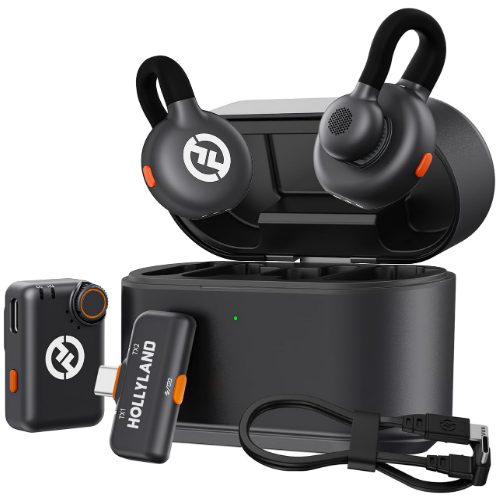
Hollyland LARK M2S – Wireless Clip-on Microphone
- 7g Lightweight, Titanium Clip, Discreet Design
- Clear sound with 24-bit/48kHz, 70dB SNR, 116dB SPL
- Noise Cancellation & 300m Long-Range Stability
- Works with Camera/iPhone/Android/Laptop
- Perfect for Content Creators, Online-Teaching, Streaming
$139
$159
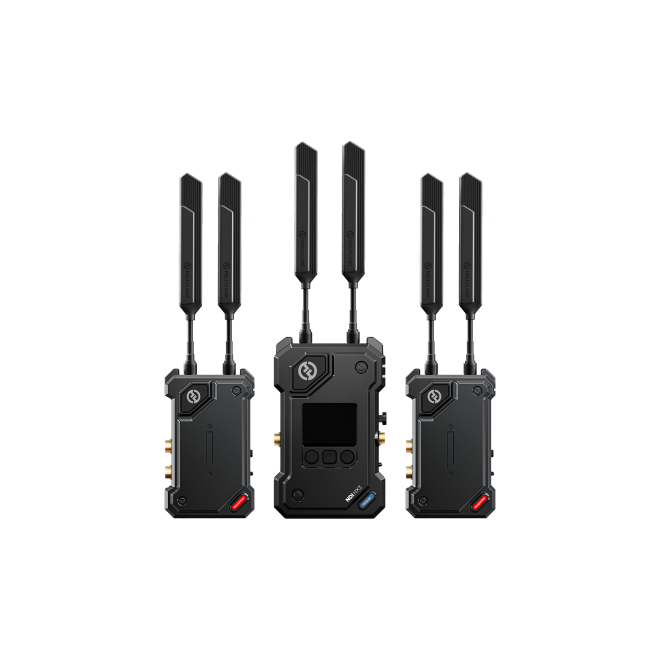
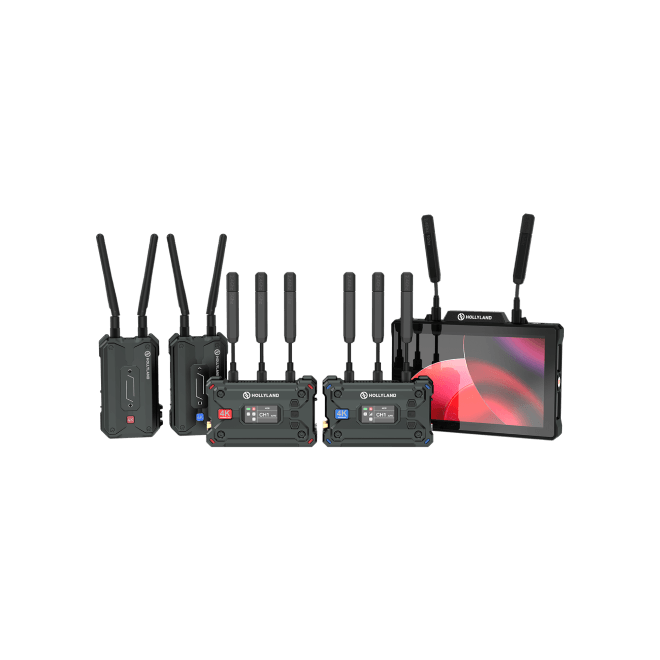
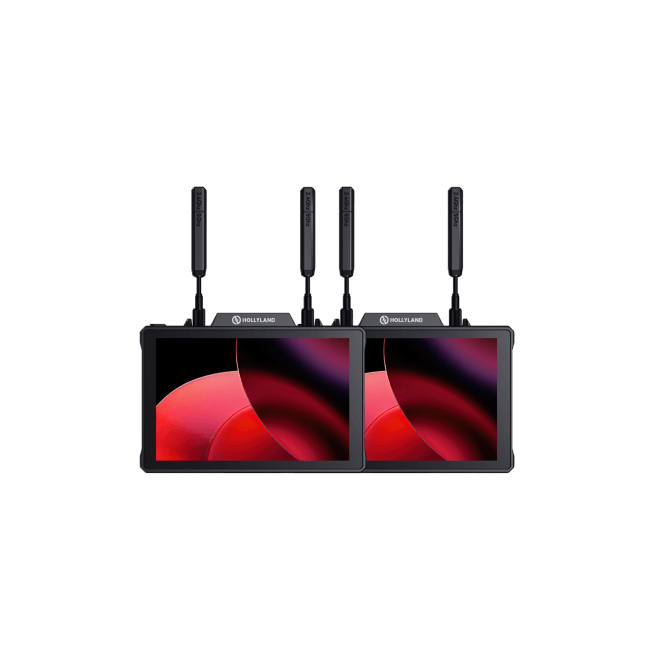
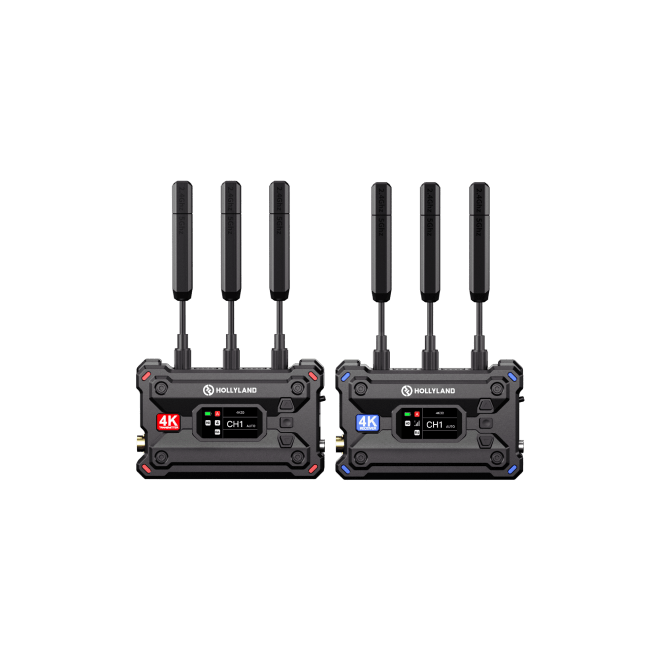
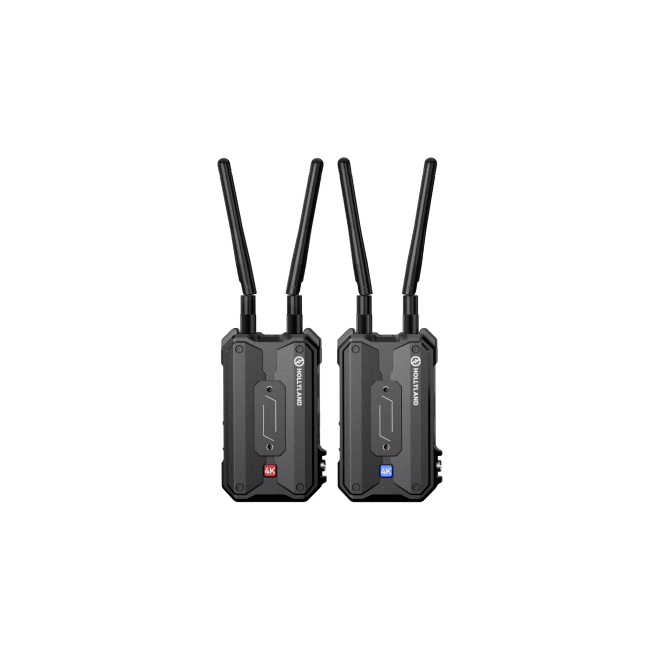
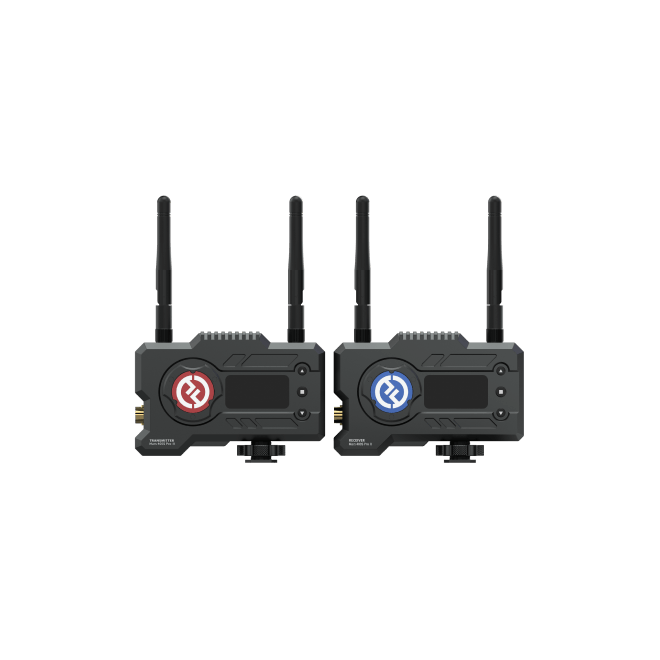
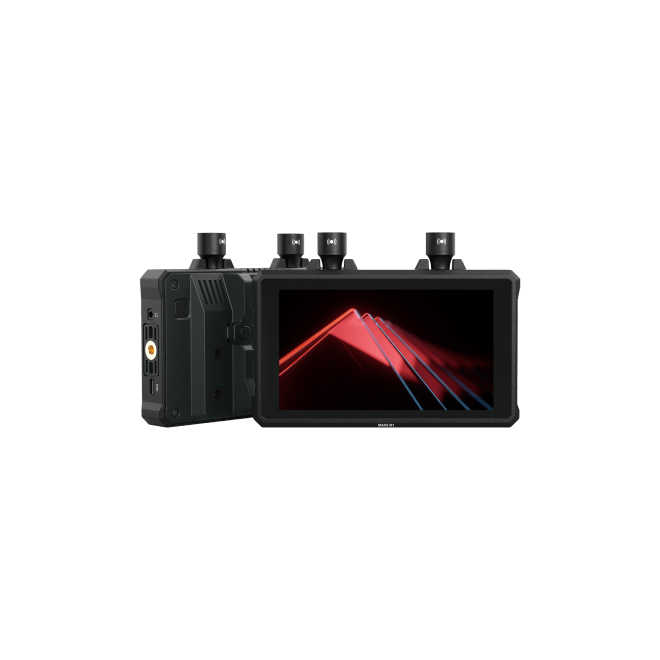
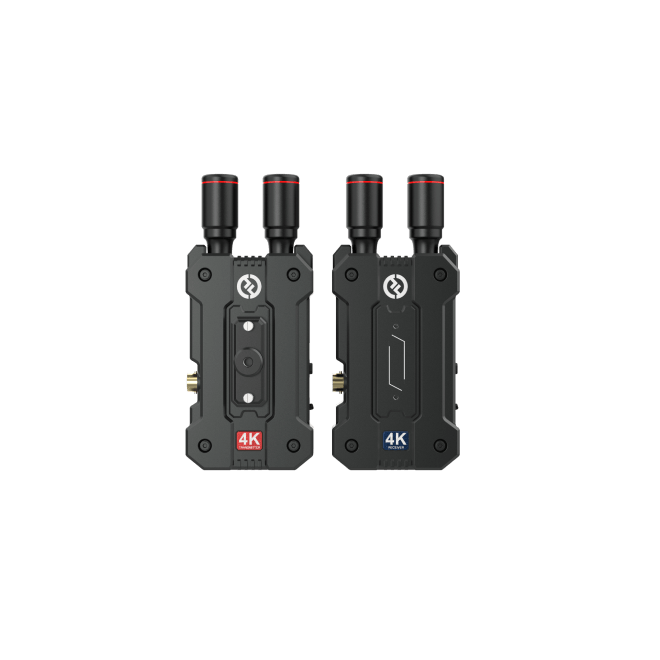
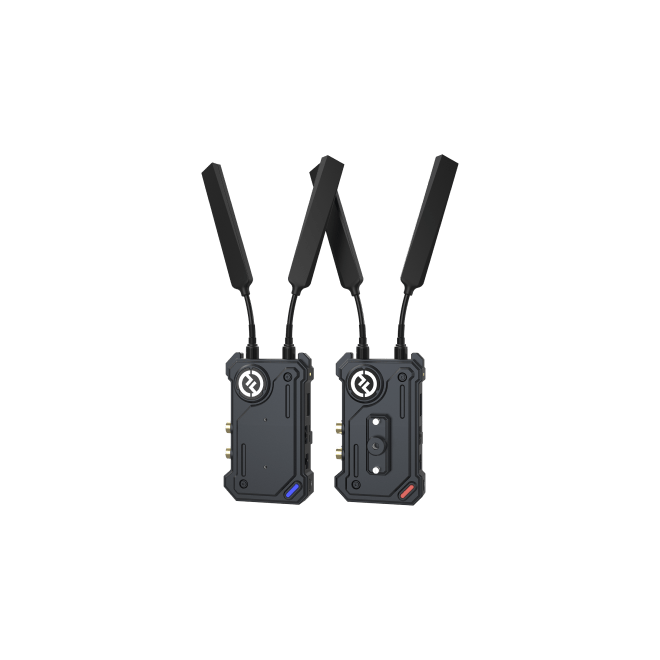
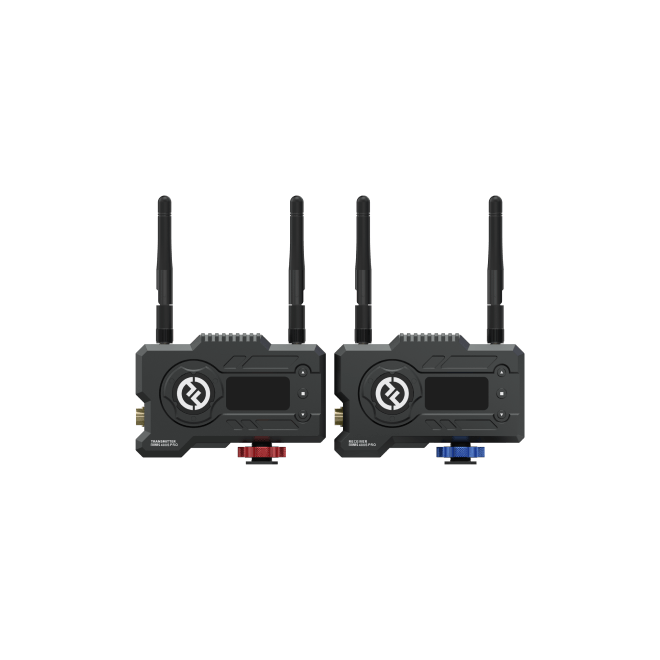
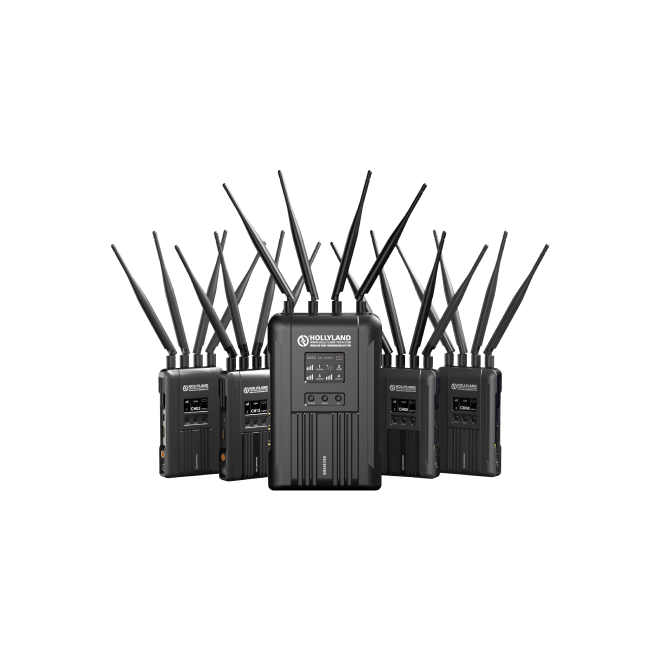

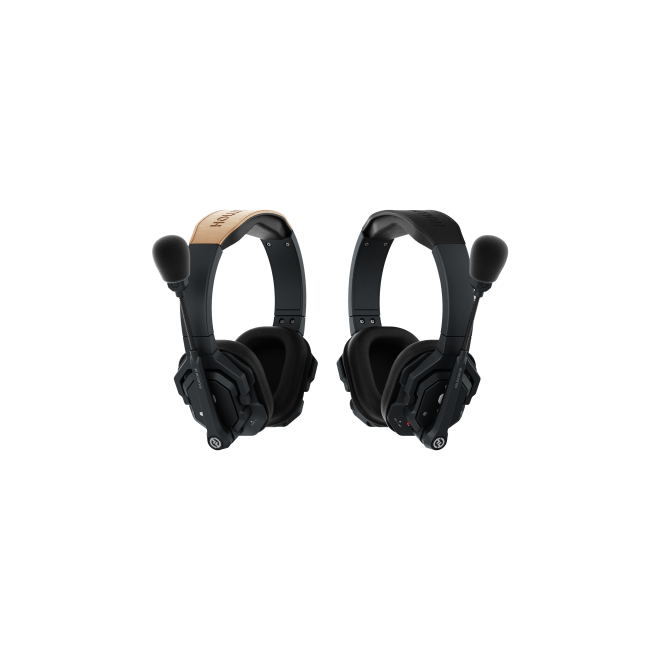

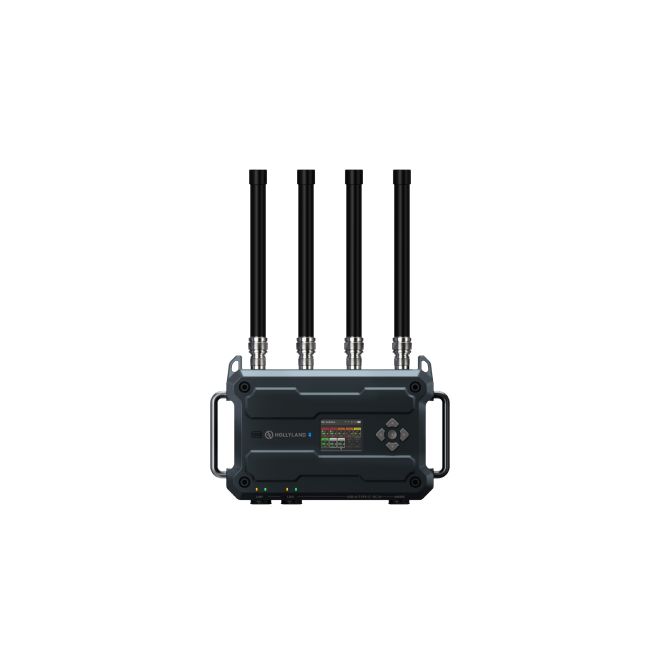
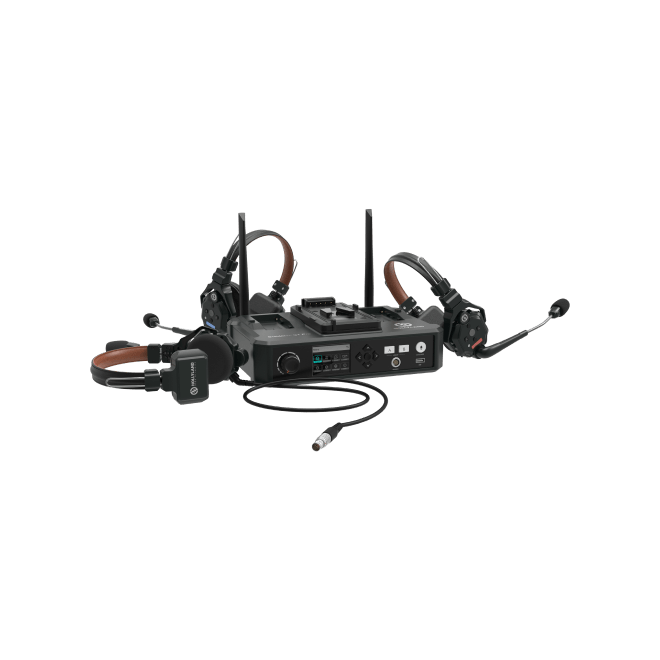
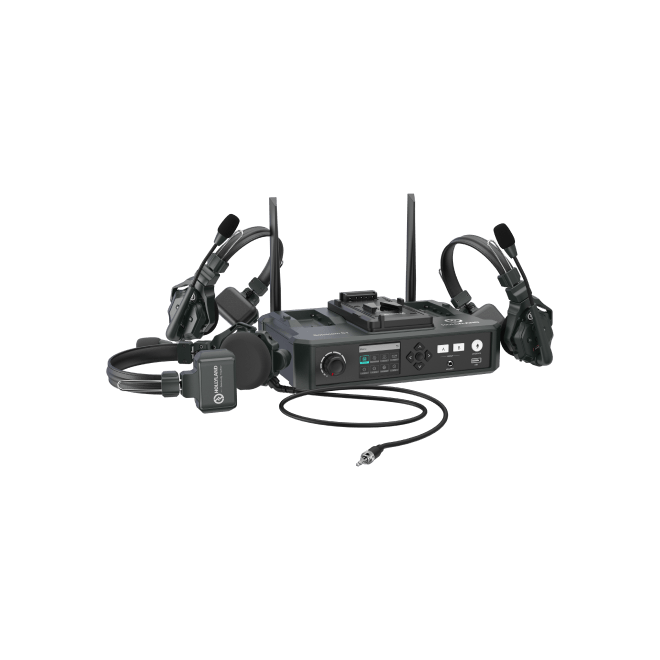
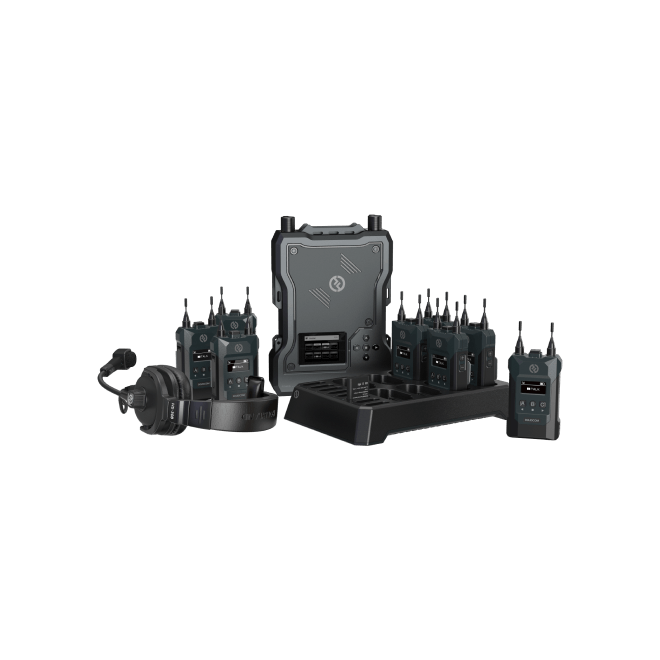
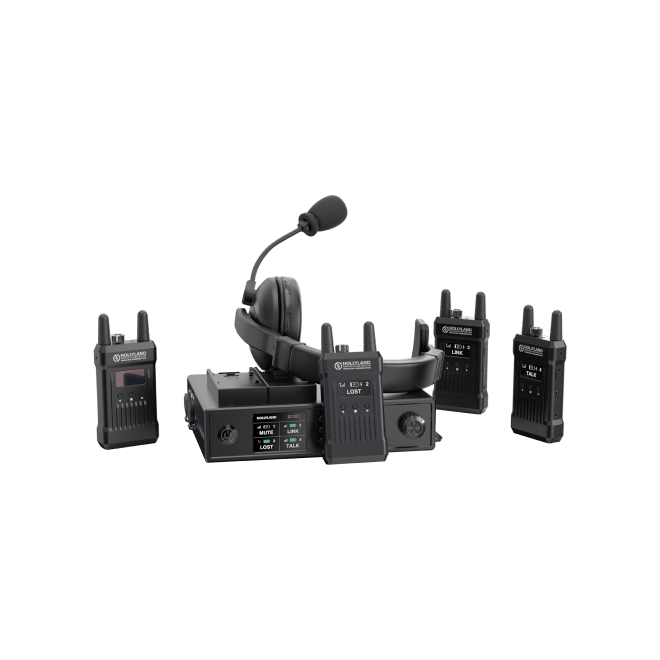
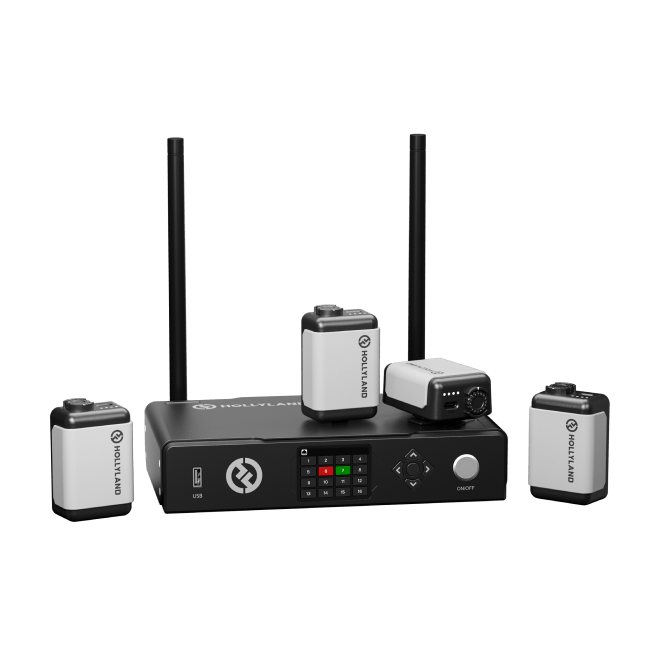
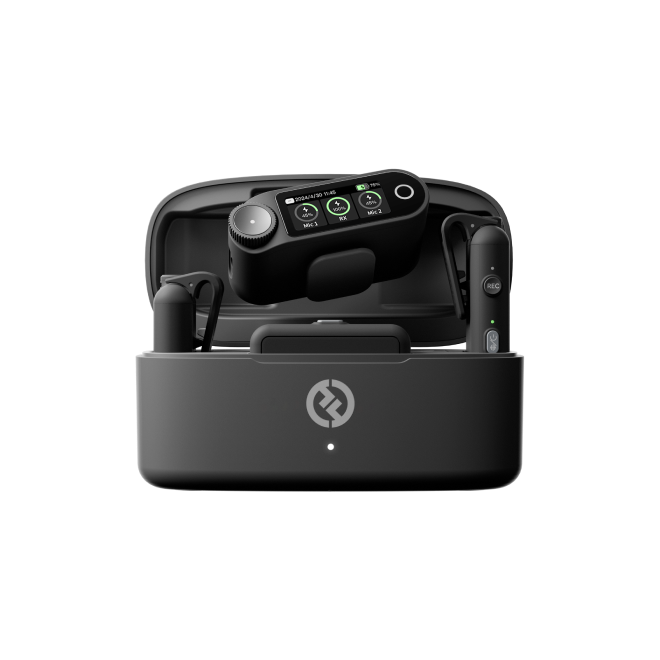
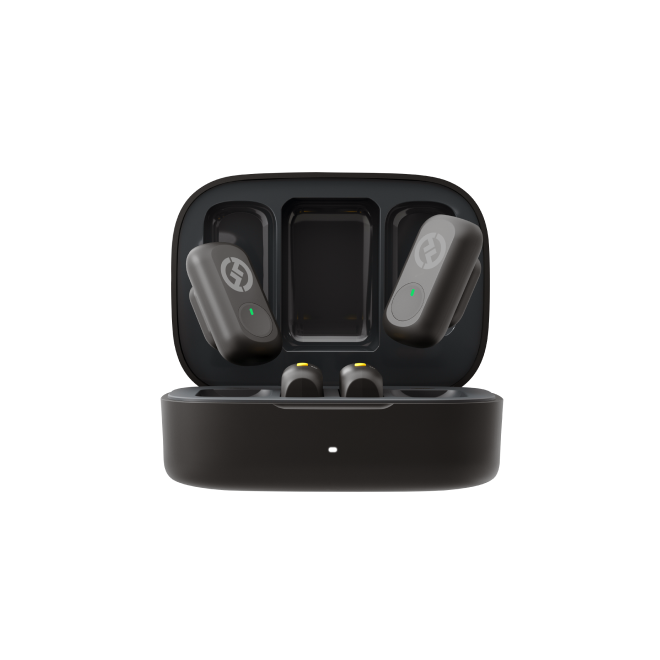

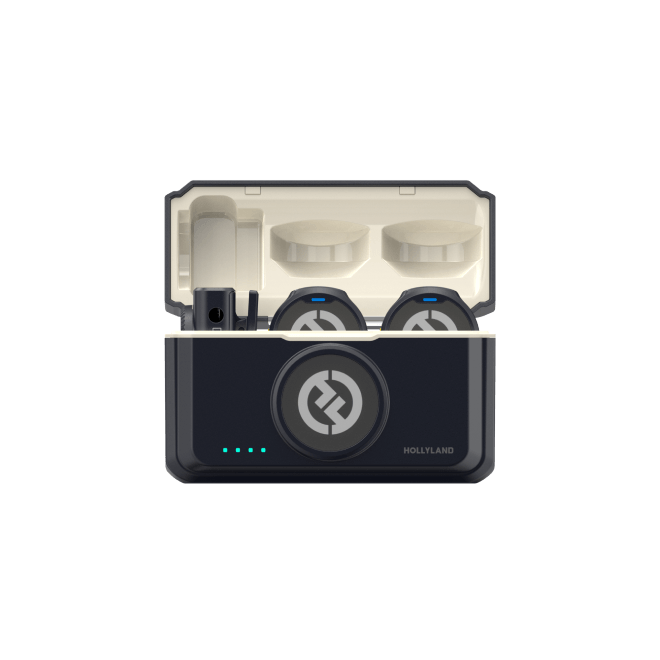
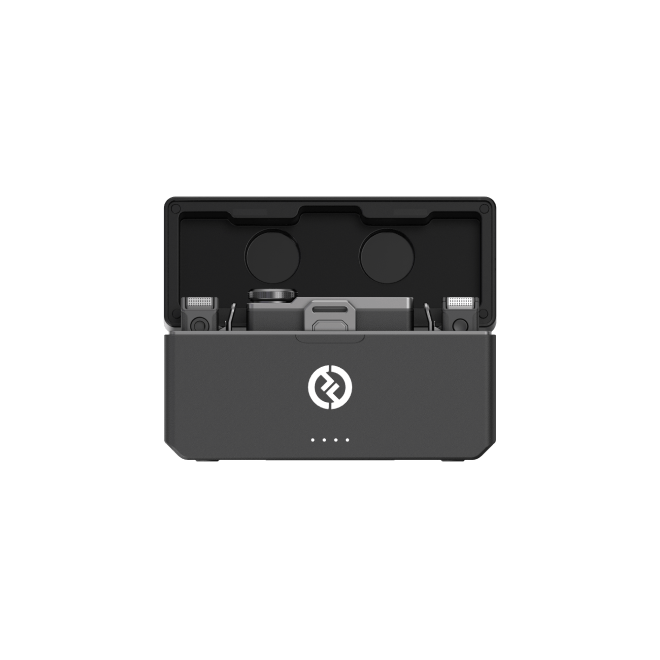
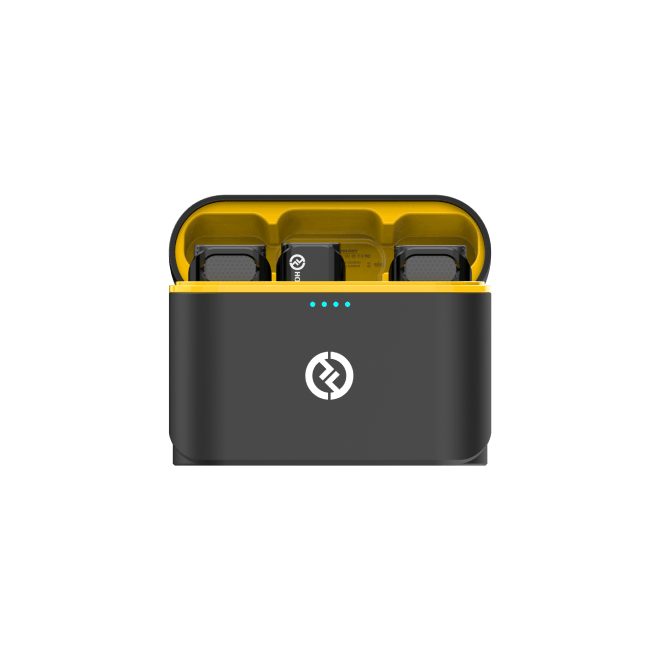
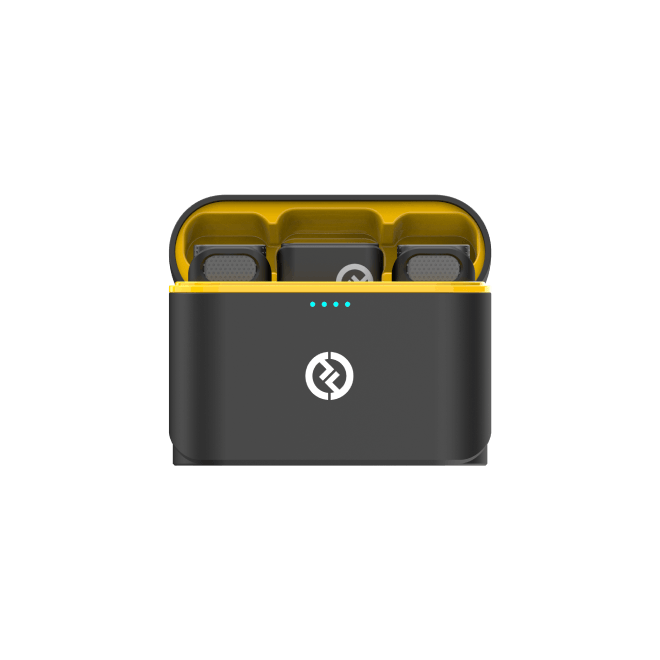
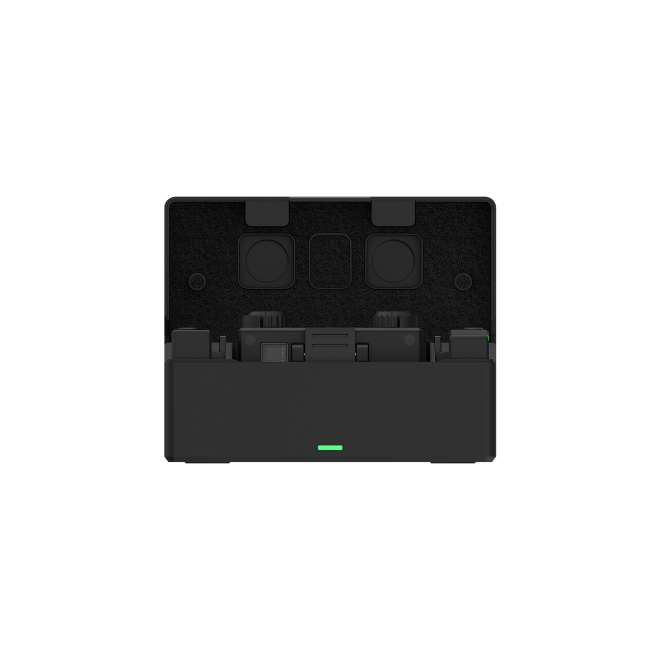
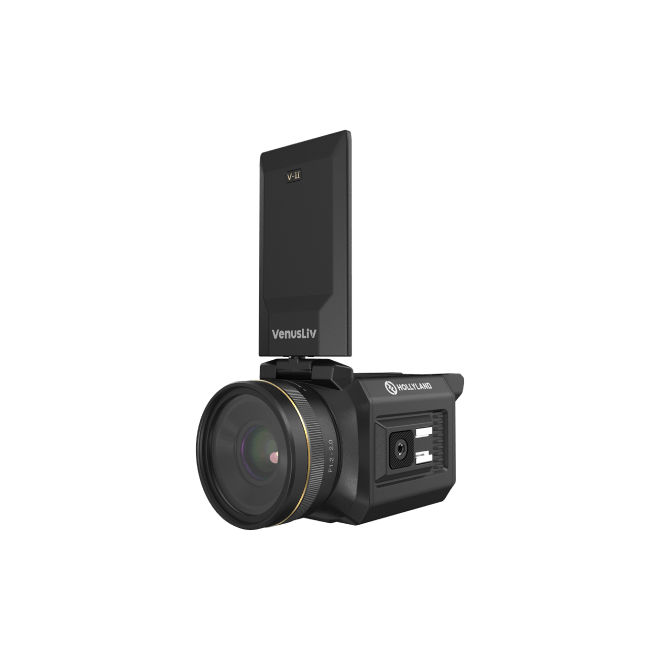
.png)


